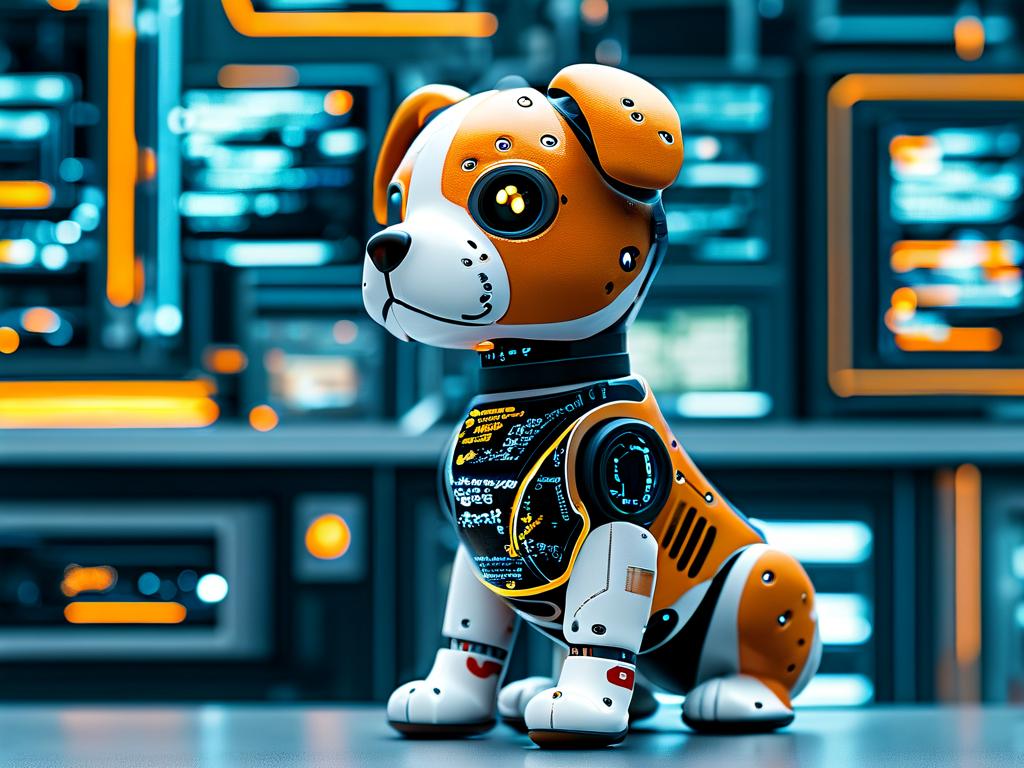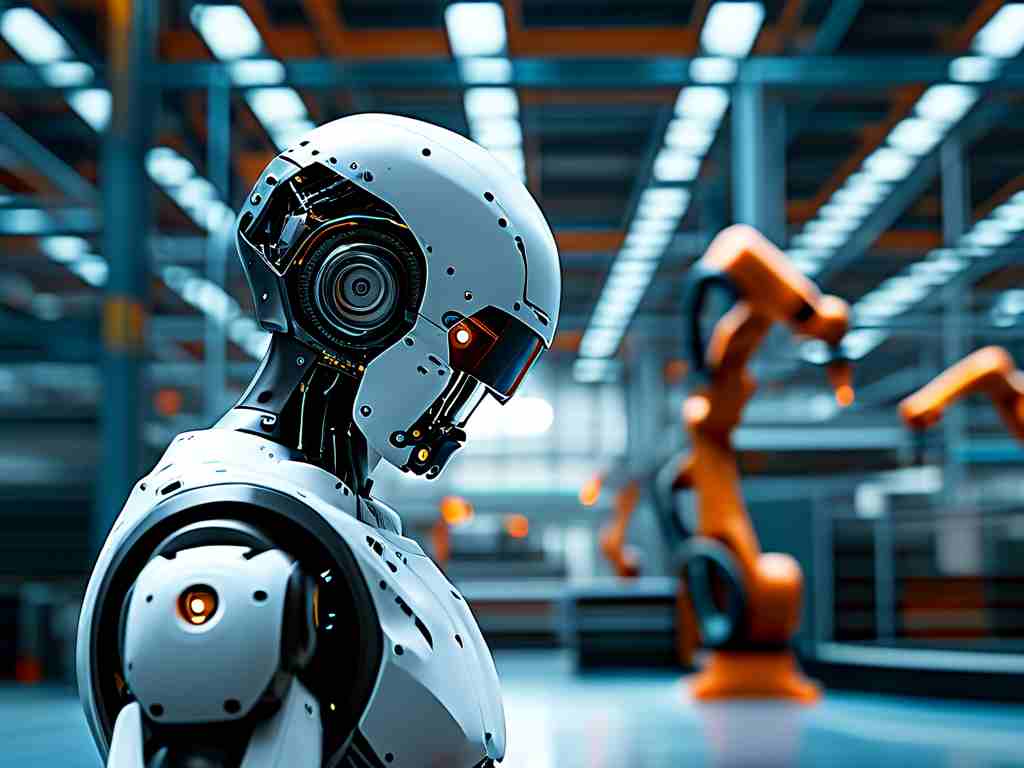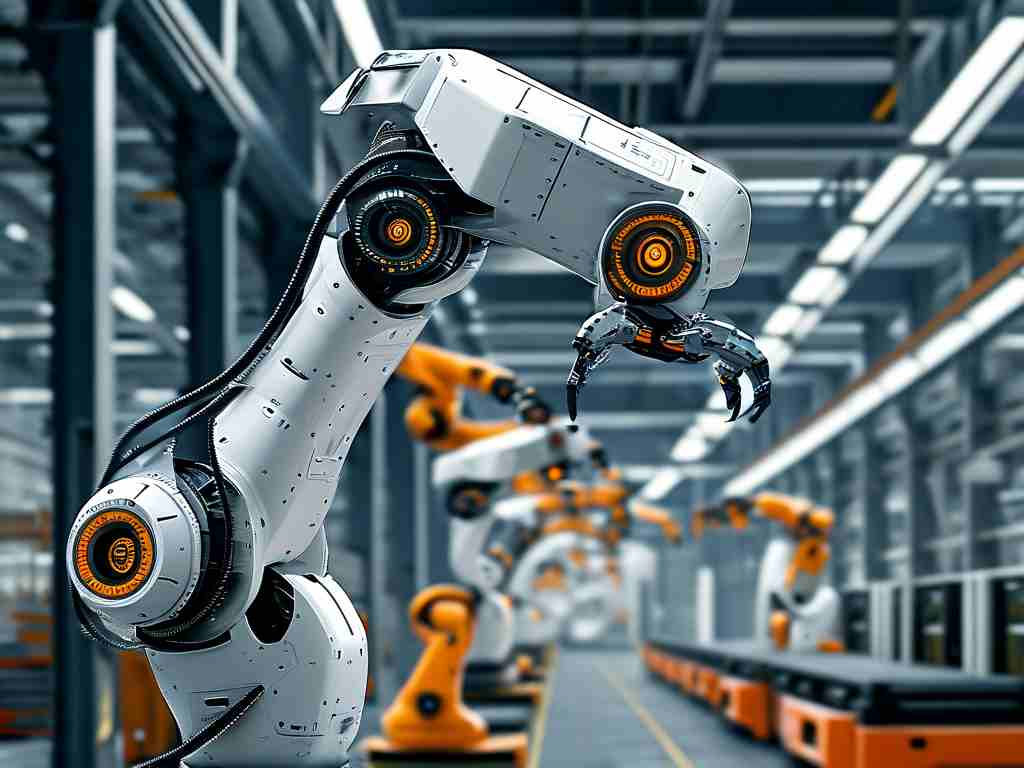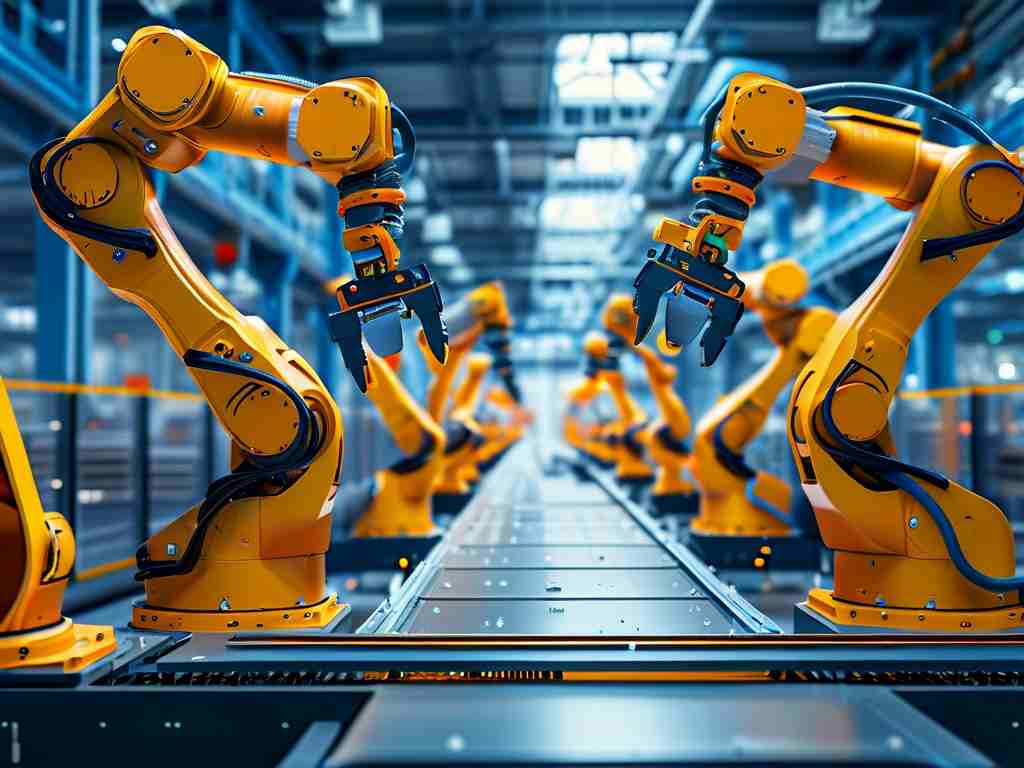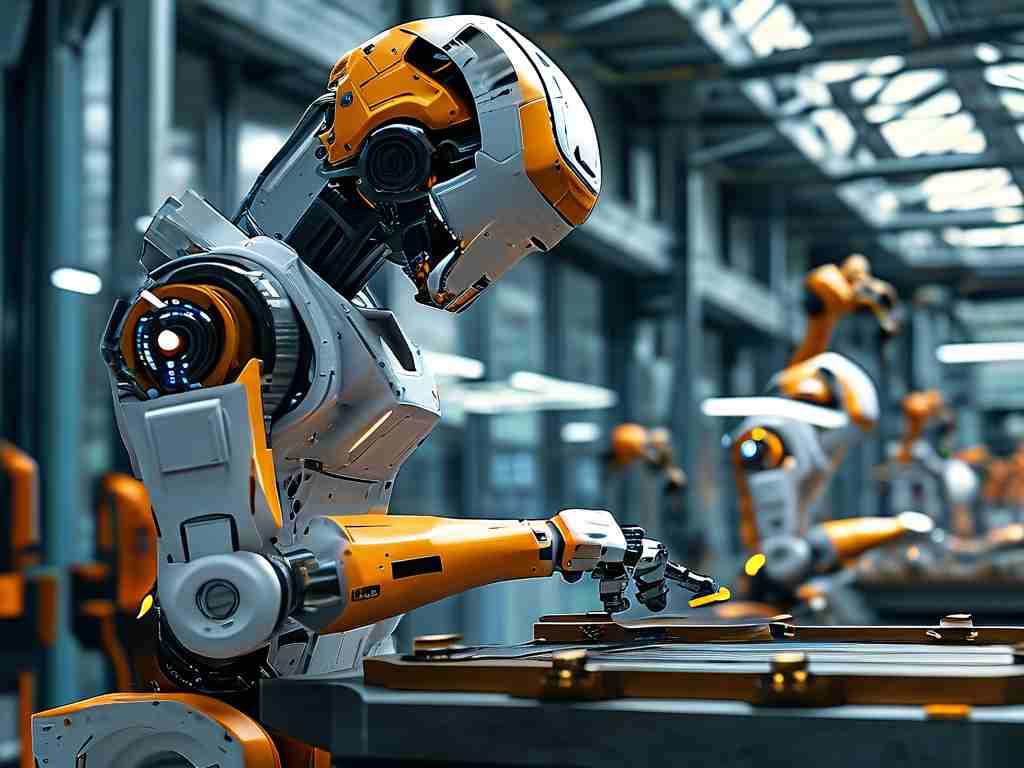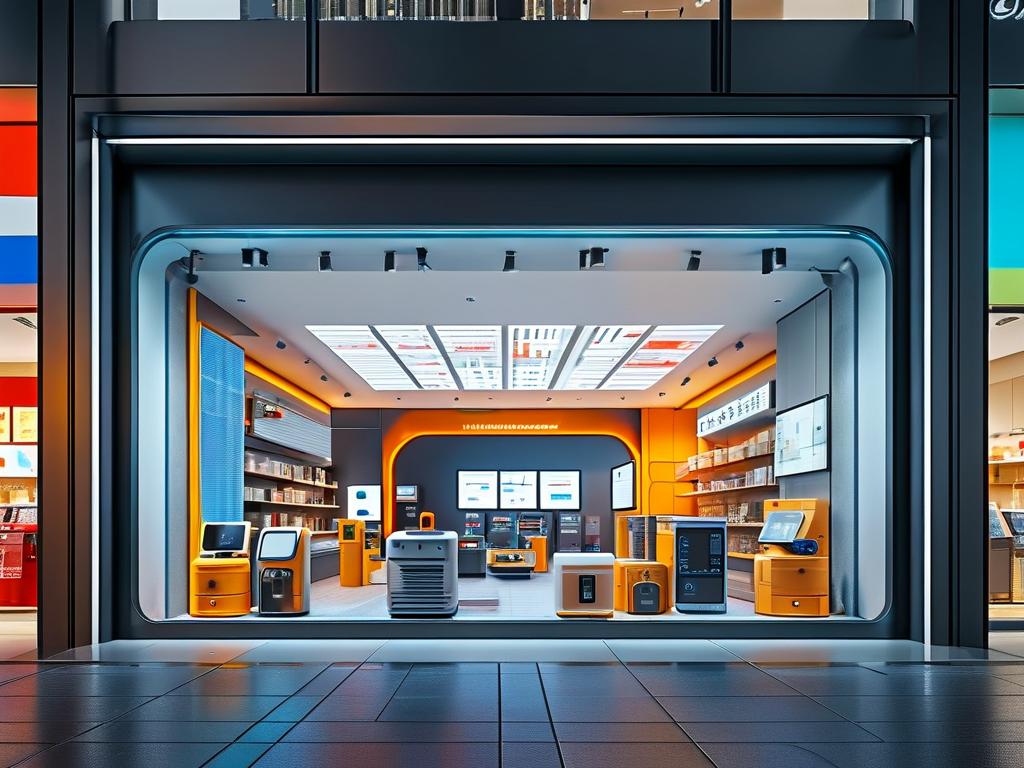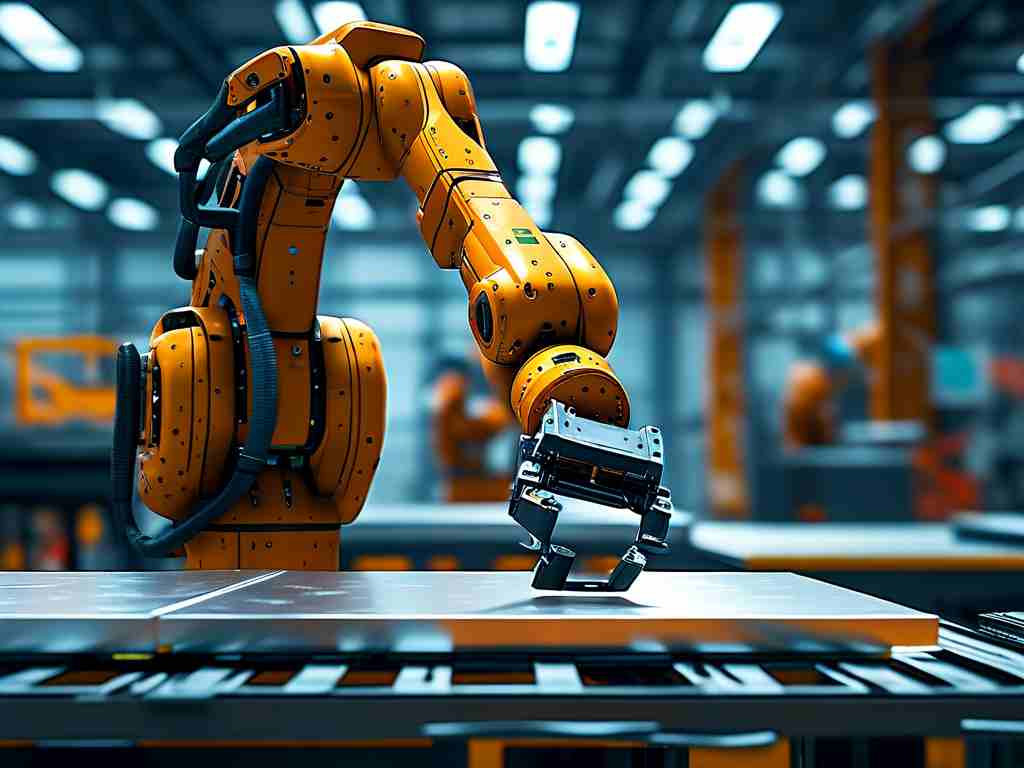Central control technology in industrial robots represents a pivotal advancement in modern manufacturing, transforming how factories operate with unprecedented efficiency and precision. This technology involves sophisticated systems that manage multiple robotic units from a single command center, enabling seamless coordination across production lines. As industries worldwide embrace automation to boost productivity, understanding the role and benefits of central control systems becomes essential for staying competitive in today's fast-paced market.
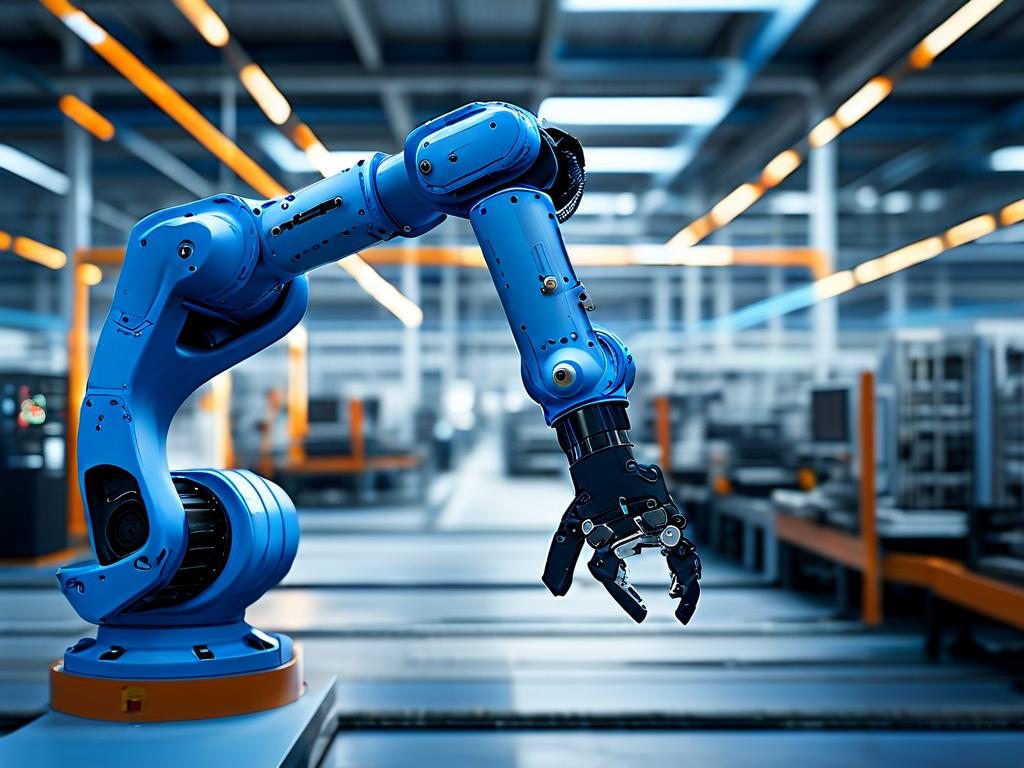
At its core, central control technology acts as the brain behind industrial robots, integrating sensors, software, and hardware to oversee tasks like assembly, welding, or material handling. For instance, in automotive plants, these systems synchronize robotic arms to build car chassis with minimal human intervention, reducing errors by up to 30% compared to manual processes. Similarly, in electronics manufacturing, central control ensures high-speed precision for circuit board placement, where even minor deviations can lead to costly defects. This centralized approach not only enhances accuracy but also allows for real-time monitoring and adjustments, making it ideal for industries demanding consistency, such as pharmaceuticals or food processing.
The advantages of adopting central control technology are manifold. Firstly, it significantly cuts operational costs by minimizing downtime; predictive maintenance algorithms can flag issues before failures occur, saving companies millions annually in unplanned repairs. Secondly, scalability is a major perk—businesses can easily add more robots to their network without overhauling the entire system, supporting growth in sectors like e-commerce warehousing where demand fluctuates rapidly. Moreover, safety improves dramatically, as centralized systems enforce strict protocols, such as emergency shutdowns if sensors detect hazards, protecting workers in hazardous environments. Despite these benefits, challenges persist, including the high initial investment and the need for skilled technicians to manage complex integrations. However, as technology evolves, solutions like cloud-based controls are making deployment more accessible, even for small and medium enterprises.
Looking ahead, the future of central control technology in industrial robots is bright, driven by innovations like artificial intelligence and the Internet of Things. AI algorithms can analyze vast data streams to optimize robot movements, learning from patterns to enhance efficiency over time. IoT connectivity enables remote diagnostics and updates, reducing on-site visits and fostering a more resilient supply chain. These trends align with global pushes toward sustainability, as optimized energy use from central controls cuts carbon footprints—a win for both profit and planet. In , central control technology is revolutionizing industrial robotics, offering smarter, safer, and more sustainable operations that redefine manufacturing excellence for years to come.


